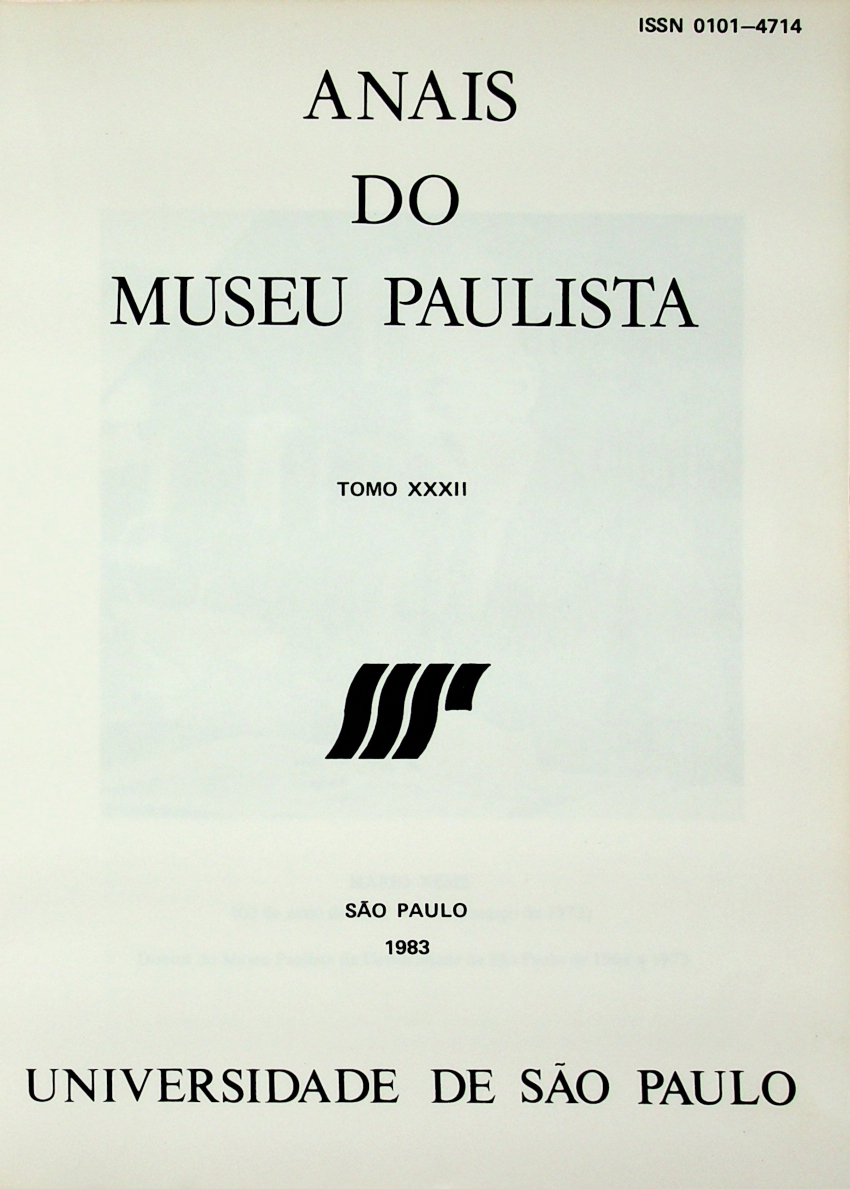Devassa nas Minas Gerais: observações sobre casos de concubinato
DOI:
https://doi.org/10.11606/1982-02671982TomoXXXIe6Resumo
In this article we considere some characteristics — like sex, colour, economic activity and others — of persons who were sententiated due to the Devassa (religious inquiry at bishopric levei) effectuated in Minas Gerais in 1738. We have more interest in persons condamned by concubinage, because they represented about nine decimais of the total number of sententiated persons. We used the information we found in the manuscripts of the archive of the archbishopric of Mariana (Minas Gerais). In these manuscripts there is information about tweenty one parishes situated in Minas Gerais. With reference to concubinage, we verified that among the sententiated, there were persons belonging various social extracts and different economic, administrative and religious activities. It is possible to affirm that the concubinage was present at all the society of Minas Gerais and that there was not, with reference to the Devassas, privilege of any social extract. The major part of the sententiated were unmarried. Free men and slave and emancipated women predominated. The free women joined in marriage with members of his proper social extract, while the emancipated and slaves women, in the major part, were joined in marriage with free men (members of another social extract that was not the hers). It was not observed any correlation between the activities developped by men and the colour, the civil situation or the women’s social extract. Due to the exposed, the diffuse and indiscriminate character of the events of concubinage considered in this study.
Downloads
Downloads
Publicado
Edição
Seção
Licença
Copyright (c) 1982 Francisco Vidal Luna, Iraci del Nero da Costa

Este trabalho está licenciado sob uma licença Creative Commons Attribution 4.0 International License.
Autores que publicam nesta revista concordam com os seguintes termos:
- Autores mantém os direitos autorais e concedem à revista o direito de primeira publicação, com o trabalho simultaneamente licenciado sob a Licença Creative Commons Attribution que permite o compartilhamento do trabalho com reconhecimento da autoria e publicação inicial nesta revista.
- Autores têm autorização para assumir contratos adicionais separadamente, para distribuição não-exclusiva da versão do trabalho publicada nesta revista (ex.: publicar em repositório institucional ou como capítulo de livro), com reconhecimento de autoria e publicação inicial nesta revista.
- Autores têm permissão e são estimulados a publicar e distribuir seu trabalho online (ex.: em repositórios institucionais ou na sua página pessoal) a qualquer ponto antes ou durante o processo editorial, já que isso pode gerar alterações produtivas, bem como aumentar o impacto e a citação do trabalho publicado (Veja O Efeito do Acesso Livre).



